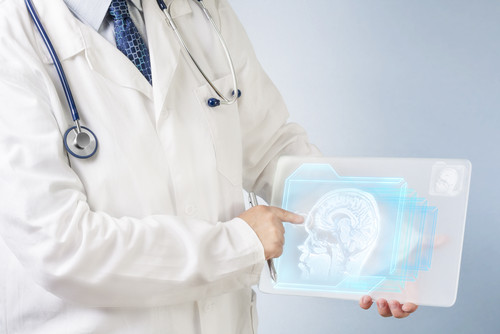During a recent trip to the West Coast, I met with several small and large technology and consumer-focused companies about how they’re building stronger relationships with their customers. These customer relationships have enabled these once transactional-focused companies to create a unique customer experience that has transformed their respective industries.
It’s no secret that health care is ripe for innovation, and technology can help address the challenges we face as a nation. We’re getting older, unhealthier, and we’re victimized by a deeply fragmented, transaction-focused and highly complex health care system. Add in the massive influx of boomers who are retiring and we have a system that has to change.
As the industry begins to usher in a new wave of customers through the launch of online Exchanges, combined with the tech-savvy baby boomer generation that is aging into Medicare, we can evolve from the transaction-driven world of health care to become an industry focused on long-term, trusting relationships with these individuals.
The Impact of Technology on the Individual
For the last 20 years, technology has reshaped our economy while bringing in a new era of consumerism, making things simpler, more affordable and more accessible. This has created an intelligent, savvy and empowered customer who expects simplicity, accessibility, and an experience customized to their individual needs.
If we’re to deliver a more personalized customer experience with support from technology, we need to start by taking a page or two from companies that have done this better than anyone else.
Take Apple – the company used its iOS operating system to revolutionize the smart phone and tablet industry by focusing on what their customers can do with their product line. Charles Schwab created the “Talk to Chuck” concept, which enabled the company to help its customers plan for long-term wealth management instead of just day-to-day stock transactions. Starbucks took the experience of selling a cup of coffee to creating a community that has delivered a world-class customer experience.
What do all these leading brands have in common? Each is a leader in their respective industries that was able to successfully evolve their business models from transactions to creating a long-term relationship with their customer.
How Technology Can Support Personalized Health Care
From an individual’s point of view, health care can be very complex. Making decisions isn’t easy when you aren’t sure where to go and what services you really need. If technology is to help personalize the health care experience, it must be customized, connected to all and harness the power of data. This will build a relationship with the customer that that can deliver a truly personalized health care experience:
- Customized to One – Technology enables people to be more engaged with their health. Mobile apps (smartphone, tablets, etc.) can help people better and more easily manage their health on a daily basis. By looking at all devices – phones, tablets, etc. – we’ll have a more comprehensive picture of their health. By keeping people better informed, satisfied and engaged through this customized approach, they’ll have a better understanding of how to get and stay healthy.
- Connected to All – Social media enables businesses to get rid of layers and make themselves closer to the customer. For individuals, it’s an opportunity to engage with others who have similar challenges without the limitations of the physical world. Online forums such as HealthTap, where 40,000 physicians gather online to serve people’s needs, as well as educational forums like Tu Diabetes, where individuals gather to learn from each other better ways to live with diabetes, are using technology to bring people together.
- Collected for Insight – Big data must understand the individual’s health picture and be used to “see the future.” Fostering a more interactive relationship between the provider and patient will create a better understanding of the latter’s health, while also showing where the patient could, and should, be going. The sharing of patient health information in real-time between providers across disparate electronic medical records, combined with data analytics, will help providers focus more on preventive treatment for healthier outcomes.
Let’s Keep Moving in the Right Direction
The health care industry has started to embrace the use of technology on both the enterprise and individual fronts. From the expansion of remote patient monitoring programs for seniors to devices like Fitbit that help people monitor their sleep and exercise patterns, the industry is moving in the right direction.
While technology will help us in our quest to deliver the personalization of health care, we must not forget the importance of open, consistent and ongoing two-way communication between providers and individuals. A collaborative relationship must exist between them for technology to capture the data which can be used to get people on the right track.
We can also have a greater impact on health care costs by engaging with individuals to improve their health. Chronic diseases – many of which are preventable with better lifestyle choices – account for $1.5 trillion, or roughly 75 percent of our annual health care spend in the U.S. By using technology to empower people, they’ll have a better understanding of their health, which will enable them to make better choices.
When we deliver this personalized health care experience for the individual, we’ll create something that will truly transform the industry – a culture focused on helping people to not only become healthy, but to stay that way.
CommentShare

